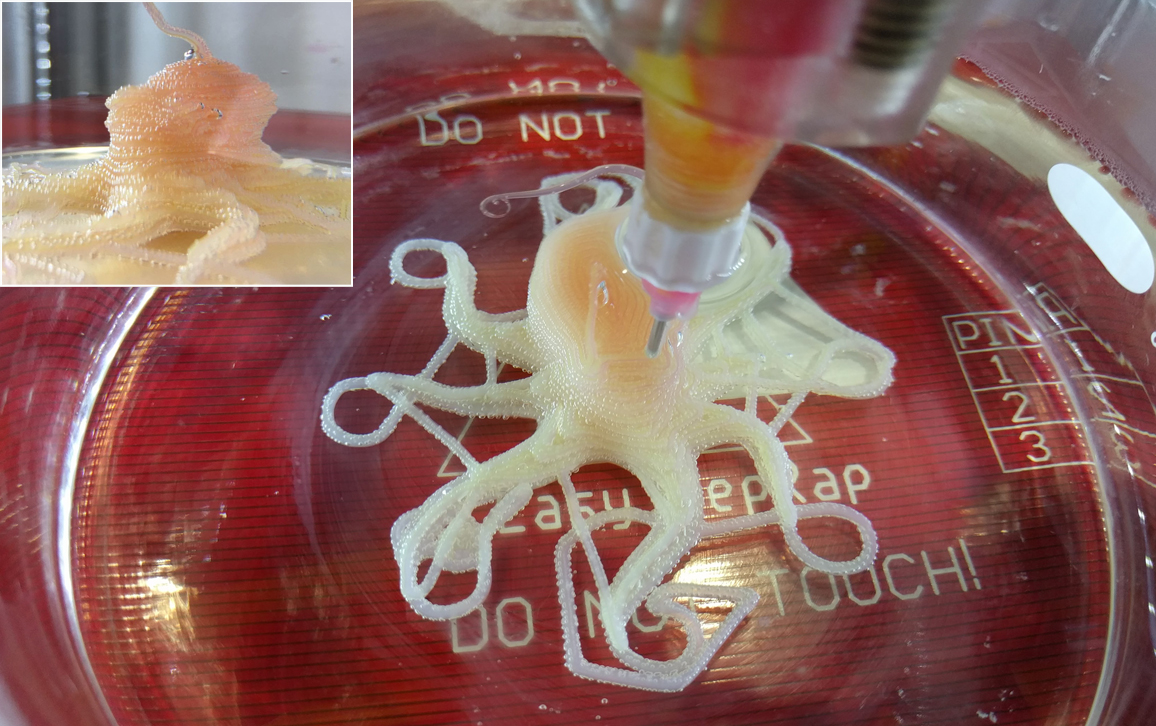Smart and Squishy Robots

by Yigit Mengüç, American Scientist
Building robots that are entirely soft requires the development of new components from valves to circuits, as well as ways to control deformable arms.
In the 1920s, Czech playwright Karel Čapek gave us a vision of machines made from soft materials and molded, literally, in the image of humans. In his play R.U.R. (Rossum’s Universal Robots,) characters describe “mixers” for “dough” that is turned into robota using a “spinning-mill.” This artistic vision is now taking shape in labs and startups across the globe, with the development of machines that have soft structures. Unlike the electronics that make our phones smart and our internet searches fast, robots, like humans, are more than merely a mind. There is a growing understanding that what makes animals intelligent is the interaction among mind, body, and world. Ultimately, the ambitious dream of soft roboticists is to bring robots out of “rigid” environments and tasks, and into the big, messy world in which humans live and work.
Many of my colleagues and I have chosen to take inspiration from one of the most alien mascots: the octopus. As soon as we take as our goal technology that is entirely soft, squishy, and stretchy, yet dynamic, agile, and intensely intelligent, we are forced to reevaluate what is possible. Every single electrical and mechanical component must be designed from scratch; nothing is available commercially. The very process of building machines must be entirely reimagined: How do you make an animal body when bolts and screws are verboten? And how will your robot know how to move? Industrial robots use rigid skeletons in imitation of human shoulder-arm-wrist linkages, so their movement can be described with simple geometric relations—for example, a linkage rotating through space about a fixed point creates a perfect circle. In contrast, soft robot arms, like octopus tentacles, are meant to stretch and squish at every point along their length. No clean geometric relations exist here.

Soft robots promise to fundamentally change the ways in which many areas of technology are implemented, but the most immediate effects will be seen in aquatic, industrial, and medical robots. Aquatic robotics includes inexpensive robots for exploration, maritime robots for inspection and welding, and stealthy naval surveillance robots. Soft industrial robot arms and hands will solve issues in warehouse logistics by making object handling feasible for robots operating alongside human coworkers. Medical applications include certain surgical tools (specifically endoscopes), and prosthetics or orthotics.




